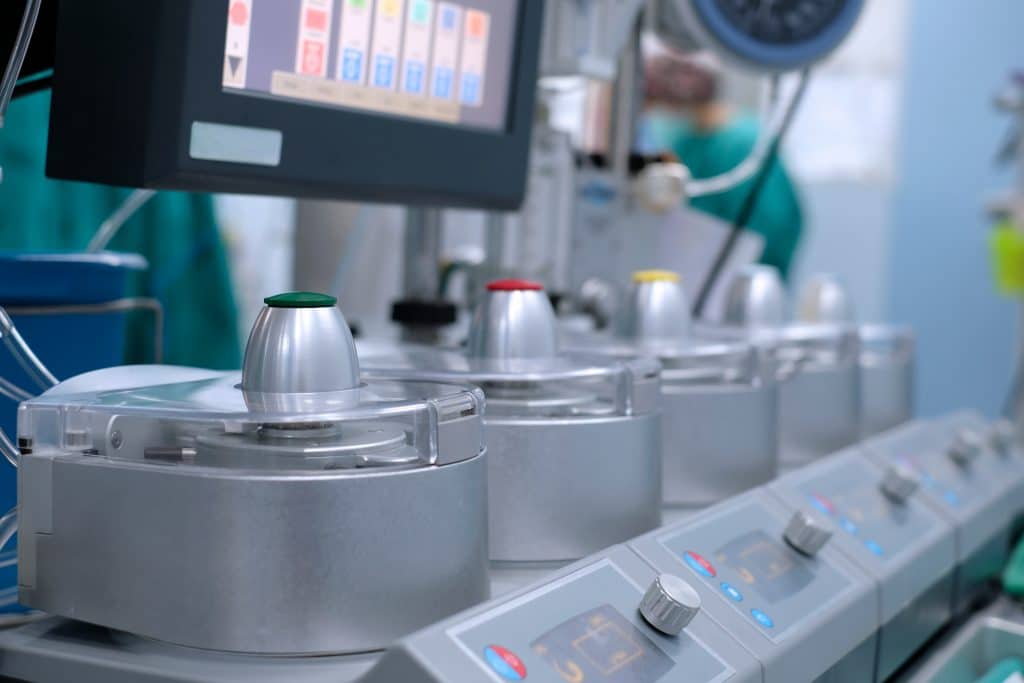Analysis of Dynamic Changes in Cognitive Workload During Cardiac Surgery Perfusionists′ Interactions With the Cardiopulmonary Bypass Pump

Objective
This novel preliminary study sought to capture dynamic changes in heart rate variability (HRV) as a proxy for cognitive workload among perfusionists while operating the cardiopulmonary bypass (CPB) pump during real-life cardiac surgery.
Background
Estimations of operators’ cognitive workload states in naturalistic settings have been derived using noninvasive psychophysiological measures. Effective CPB pump operation by perfusionists is critical in maintaining the patient’s homeostasis during open-heart surgery. Investigation into dynamic cognitive workload fluctuations, and their relationship with performance, is lacking in the literature.
Method
HRV and self-reported cognitive workload were collected from three Board-certified cardiac perfusionists (N = 23 cases). Five HRV components were analyzed in consecutive nonoverlapping 1-min windows from skin incision through sternal closure. Cases were annotated according to predetermined phases: prebypass, three phases during bypass, and postbypass. Values from all 1min time windows within each phase were averaged.
Results
Cognitive workload was at its highest during the time between initiating bypass and clamping the aorta (preclamp phase during bypass), and decreased over the course of the bypass period.
Conclusion
We identified dynamic, temporal fluctuations in HRV among perfusionists during cardiac surgery corresponding to subjective reports of cognitive workload. Not only does cognitive workload differ for perfusionists during bypass compared with pre- and postbypass phases, but differences in HRV were also detected within the three bypass phases.
